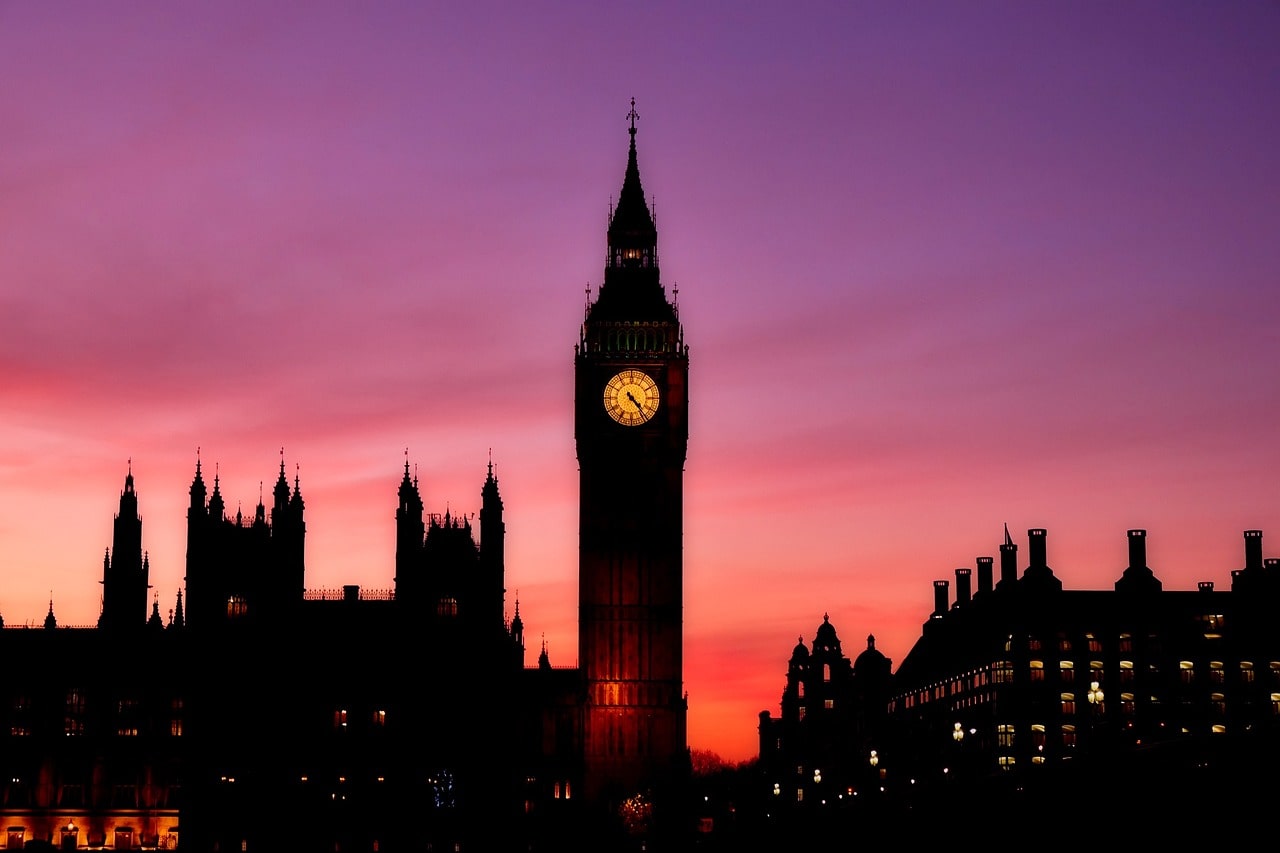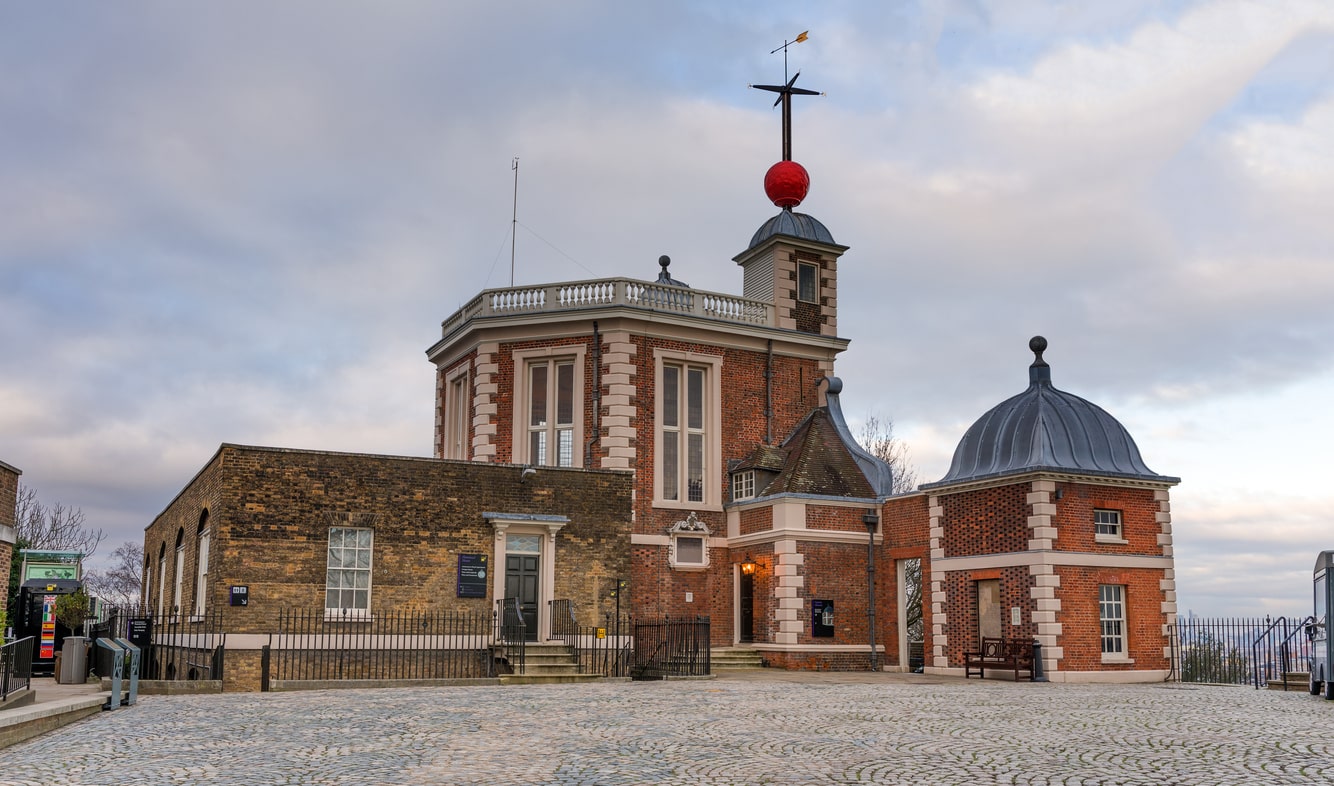GMT: A Legacy of Timekeeping
Greenwich Mean Time (GMT), one of the oldest time standards, originated in the late 19th century based on mean solar time at the Prime Meridian in Greenwich, London. It became the foundation for global time coordination and modern timekeeping.

The Prime Meridian, defined at zero-degree longitude, runs through Greenwich. This location was chosen during the International Meridian Conference in 1884, which aimed to create a single prime meridian for navigational purposes. The selection of Greenwich was influenced by the prominence of British naval power and the widespread use of British navigational charts at the time.
Mean Solar Time
GMT is based on mean solar time, which averages the variations in the Earth's rotation relative to the sun. Solar time fluctuates throughout the year due to the Earth's elliptical orbit and axial tilt. By averaging these fluctuations, GMT provides a consistent time standard that approximates the mean position of the sun.
GMT and Time Zones
GMT served as the global time standard for many years. It defined time zones worldwide, with local times offsets from GMT. For example, New York operates on GMT-5 during standard time. This system allowed for a standardized timekeeping approach, facilitating international communication and travel.
Transition to UTC
In 1960, Coordinated Universal Time (UTC) was introduced to replace GMT as the world's standard time. While GMT is based on the Earth's rotation, UTC incorporates atomic time, which is far more precise. Atomic clocks measure time using the vibrations of atoms, usually cesium atoms, ensuring a stable and accurate time standard. Leap seconds are occasionally added to maintain UTC's alignment with the Earth's rotation.
GMT vs. UTC
While GMT is still used in some contexts, especially in the UK during winter, UTC is now the primary time standard for most global applications. One key difference is that GMT can vary slightly due to irregular Earth rotation, whereas UTC remains consistent due to its atomic time foundation. Despite this, GMT and UTC are often used interchangeably in everyday language.
Cultural and Historical Significance
Greenwich Mean Time holds great cultural and historical significance. The Royal Observatory in Greenwich, recognized as a UNESCO World Heritage Site, offers visitors the opportunity to stand on the Prime Meridian line and learn about the history of timekeeping and navigation through various exhibits. Additionally, the annual New Year celebrations in the UK often reference GMT as the basis for the countdown to midnight.
The Role of GMT Today
Greenwich Mean Time (GMT) remains fundamental to our understanding of time and history. Its establishment as a global time standard revolutionized navigation and international communication. While UTC is the modern standard, GMT still plays a role in various contexts. It is used by broadcasters, astronomers, and the aviation industry. In the UK, GMT is the time observed during winter, with the switch to British Summer Time (BST) in the summer. Some online services and computer systems also still use GMT as a reference time.



